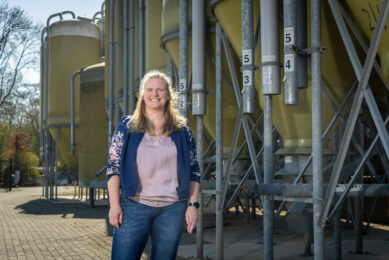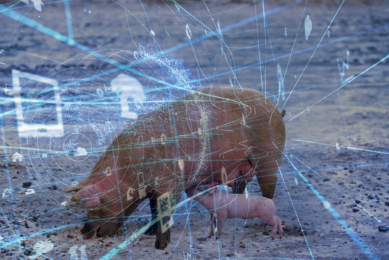Farm visit: The place where sows began to talk to humans
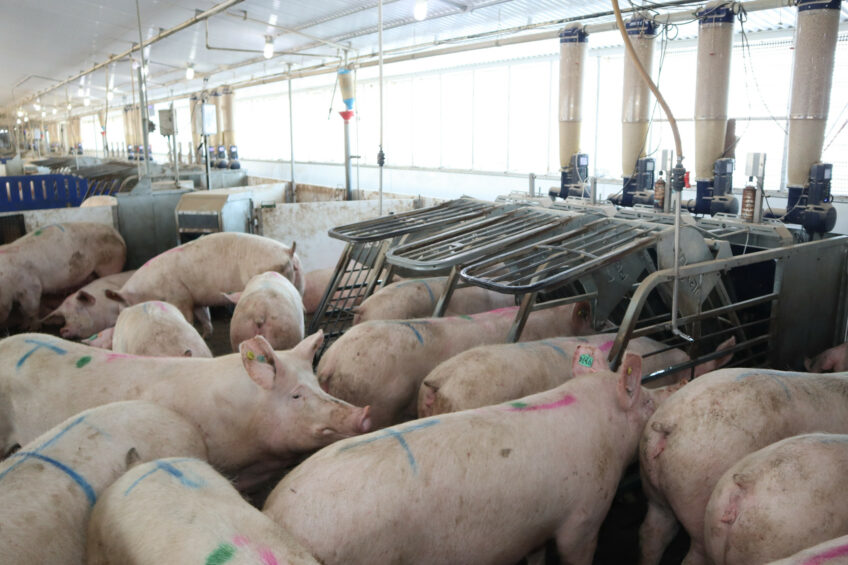
Aldo Farm in Québec province, Canada, is a 7-site farrow-to-finish farm offering a place to house 2,200 sows. Its sow location is full of blue feeders with flashing yellow, green and red lights. High technology was invented here and continues to help the swine business to more precisely manage sows.
The piglets at Aldo Farm have no idea. They drink, run, hide behind their mothers and run back again, just like any piglet would. Yet, they are actually suckling on historical ground. The sow farm where they drink their milk was also the birthplace of an innovation that has gradually acquired a pivotal place in the world of pig production.
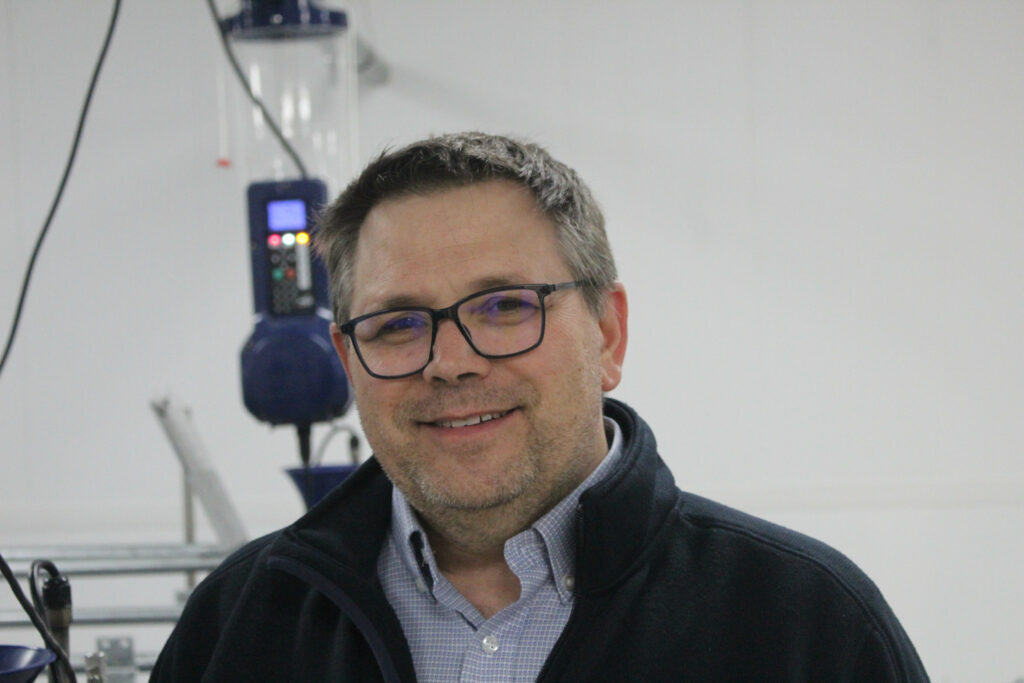
A bit of history
To learn what place exactly, it is good to take a step back in history. Québec, in 2024, is the number #1 pig production province in Canada, but this was not always the case. After all, in a way it may not be Canada’s most logical province for pig production. As the province is in a relatively northern location, the amount of arable ground on which to grow sufficient quantities of good corn, let alone soybeans, is limited. Incentives by the Québec government in the 1980s were the onset of a wave of construction of pig facilities in the only French-speaking province in Canada.
The pig farm of the Lefebvre family is located near St Lambert-de-Lauzon, about 20 km south of Québec City. The family had already been in farming since the 1960s, focusing on various different agricultural activities. Brothers Alain and Donald Lefebvre got involved in their family’s pig farm in the 1990s and proved to combine engineering skills with a good sense of entrepreneurship.
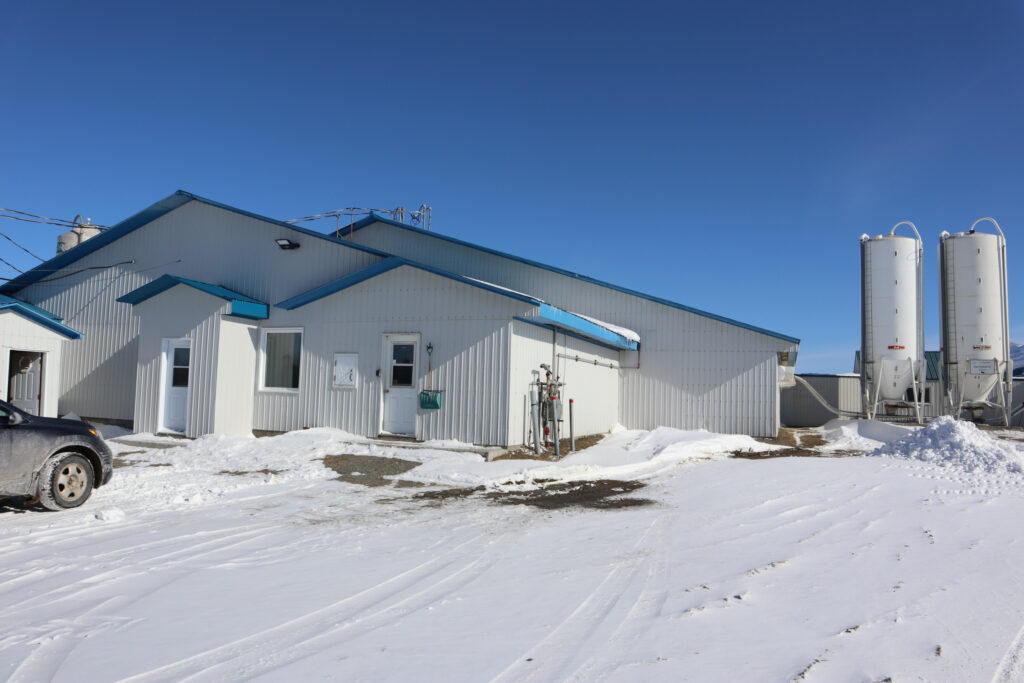
The pig facility, named Aldo Farm, after the names of both brothers, at the time used to have a maternity unit which excelled in technical performance. Management decisions were key to that – all sows were fed by hand, up to 4 times a day. That, however, proved to be a precision job as well as a time-consuming one. Searching for methods that would optimise management, in 1999 the brothers learnt about automated Gestal feeders from a company called Jyga Concept.
Knowing what happens to feed
The concept offered a method to know how much each lactating sow would be consuming. Gratien Thériault is business development manager for Latin America and the EU at Jyga. He explains, “At the time, one could ask producers whether they knew how much their sows were consuming. They said they did, but they lacked factual data. Isn’t it funny, in a way, that feed ingredients get tested from the field to the feed mill, and that we know every detail of what is in the feed, yet as soon as the feed was at the sow it was unclear what would happen?”
Yet knowing what is happening with feed is essential – especially in Québec, where feed comes at a high price. So, anything towards more precision was a step forward. What the brothers found to be missing with the system, however, was practical input of experienced sow farmers. Aldo Farm thus became a “guinea pig” for the technology.
For 5 years, the brothers worked, researched, tested and analysed the feeders in practice. Eventually, the approach was taken to feed several times per day, while using controlled strategies and quantities. With this experience, they moved to purchase the company in 2004, which has been known as Jyga Technologies, ever since.
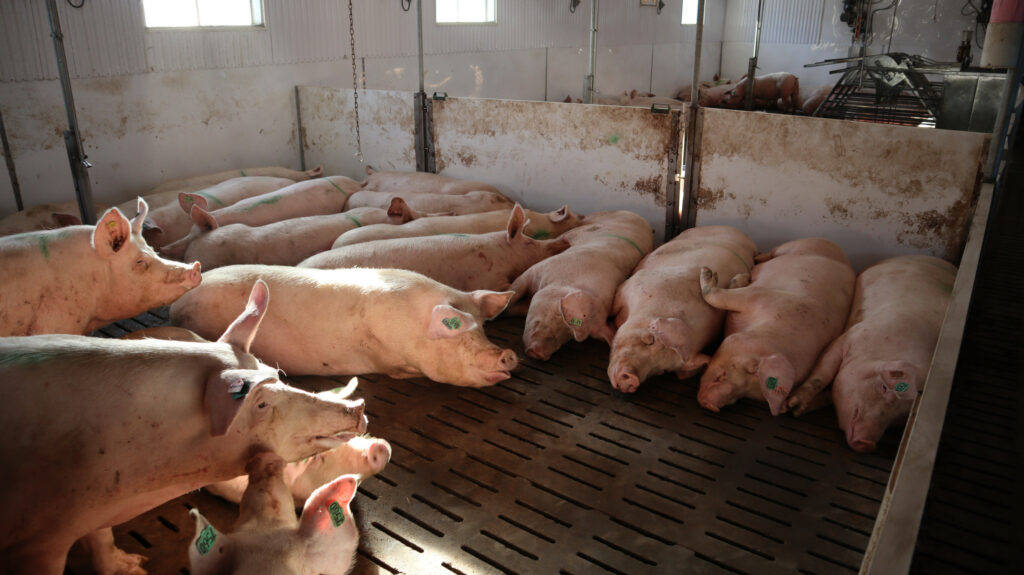
The farm in 2024
Fast forward to 2024. As an integral part of the Jyga company, on the one hand, the farm helps the company’s owners to continue to think like pig producers, and, on the other, to learn and test new ideas, which is important. Over the years, Aldo Farm expanded a few times, resulting in the current farm, which includes a sow location consisting of five buildings in different styles, for 2,200 sows. Thériault says, “This farm location is now at its maximum size. Expansion is no longer possible due to environmental restrictions. What we can do now is improve things inside the farm.”

The site’s 3 gestation and 2 lactation barns are dotted, here and there, with flashing lights of dark blue dispensers, as all gestating, breeding and lactating sows are constantly in need of feeding. Here and there, a sow is shrieking, but the vast majority of the animals is calm, whether or not they are being kept in breeding pens (as from four days post-insemination), crates (up to 28 days post-insemination), group housing or in the farrowing rooms.
Enhanced interaction with sows
Thériault emphasises a practical advantage of the system: enhanced interaction with the animals. He explains, “In developing the group housing feeder, our goal was to acclimatise sows to human interaction, fostering a comfortable relationship. This approach cultivates a behaviour where sows are unafraid of humans, streamlining interactions between workers and the animals.”
And since feeding is being done automatically, a different response can be expected when caretakers enter the pig house. He says, “The sows do not associate humans with meals – so they remain very calm when humans show up and approach them.”
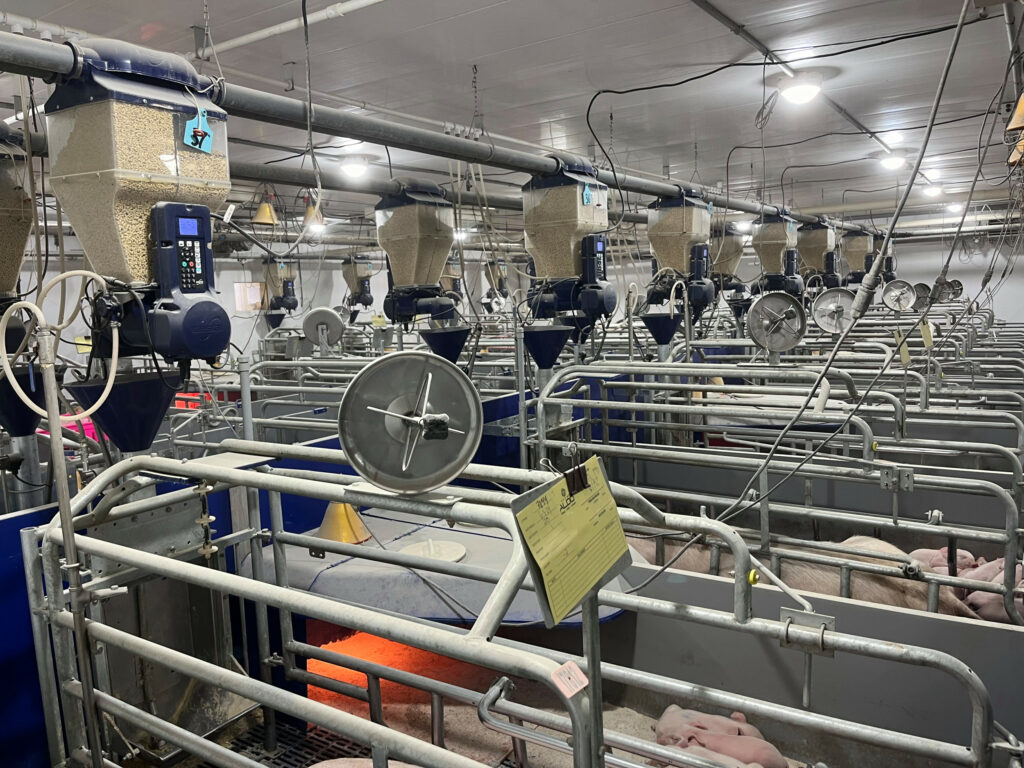
Static groups
The sows at Aldo Farm are kept in static groups, explains Thériault. That is mostly for ease of management. Especially when it is time for farrowing, it is easier to know an entire group needs to be moved to a farrowing room. When applying dynamic groups, a sorter would be necessary, which would mean adding more equipment.
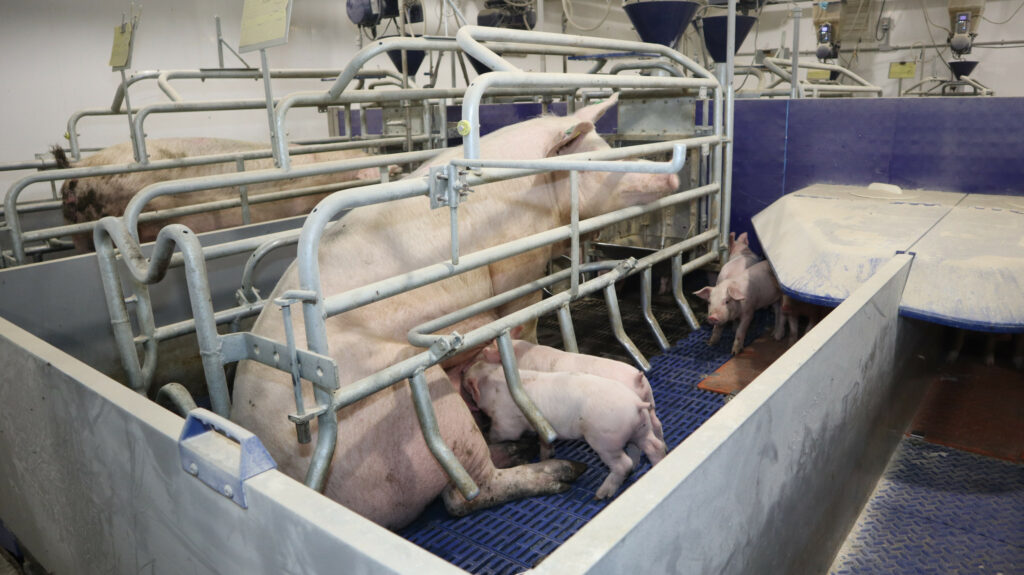
At the time of the visit, there was not a lot of human activity, as the staff had already completed the morning check-up. Since the entire farm works in a 4-week-batch system, there are weeks when it is relatively busy (during farrowing or when cleaning needs to occur) and there are also weeks when it is quiet. In those weeks, most of the barn managers’ work includes checking up in the mornings on those sows that have yielded alarms (a red light flashing on the feeding device above their heads, for instance, requires immediate attention).
Staring at the piglets and their mother, Thériault says, “And that is all due to the sensor at the feeding trough. No matter what a sow does at the sensor, everything is a message. Basically, that is how they are all talking to us.”



